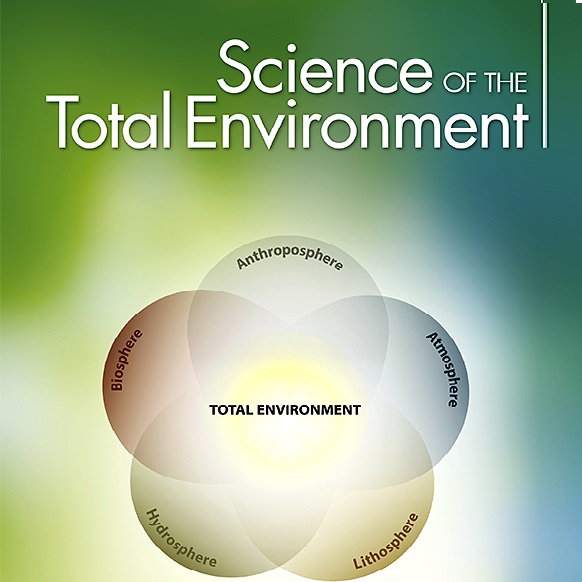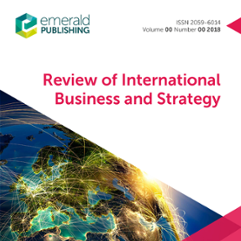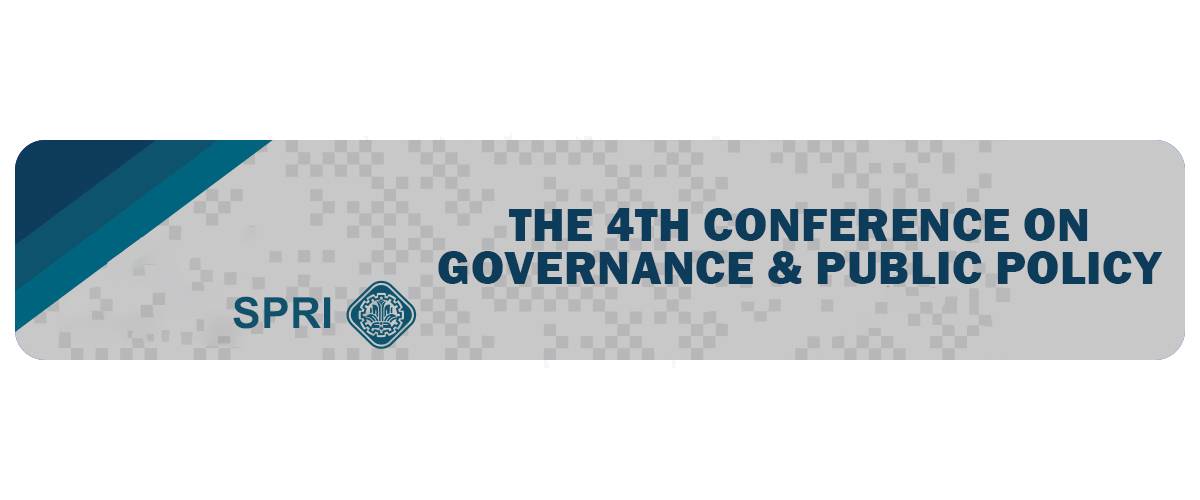Abstaract
The debate over innovativeness of large firms and SMEs, which was bolded by Schumpeter, still continues under mixed empirical evidences. The present study has explored the proportionality of increase of innovation activity versus firm size over 522 Iranian knowledge-based firms categorised in eight industries. Distinctively, a first-time nation-wide, external, and specialised four-stage evaluation including site visits was conducted by industry experts for verification of financial figures and their attribution to innovative products and services. Innovation activity was defined as R&D expenditure and sales of innovative products and services (two runs), while number of employee stood for firm size. Using log-log regression, significant more-than-proportionate relationships were found for both input and output measures of innovation for all industries, with two industry exceptions that were justified. Yielding similar satisfactory explanatory powers of about 10-50% and a very low standard error, the proportionality coefficient was found to be greater for innovation output measure of sales when compared with R&D expenditure measure, i.e. 1.35-2.04 versus 1.08-1.41 respectively. As result, it is advocated that large firms should not be underestimated in innovation policies in a start-up atmosphere. Networking of SMEs around innovative large firms is reemphasized here to take the power of both and move toward capability building, especially in developing states with a large body of government such as Iran. For generalisation purposes, the relatively small-sized population and the rigorous operationalisation of innovation output measurement should be taken into consideration as the limiting and strength features of the present research, respectively.


 Ali Maleki
Ali Maleki Najmoddin Yazdi
Najmoddin Yazdi.jpg)






.jpg)